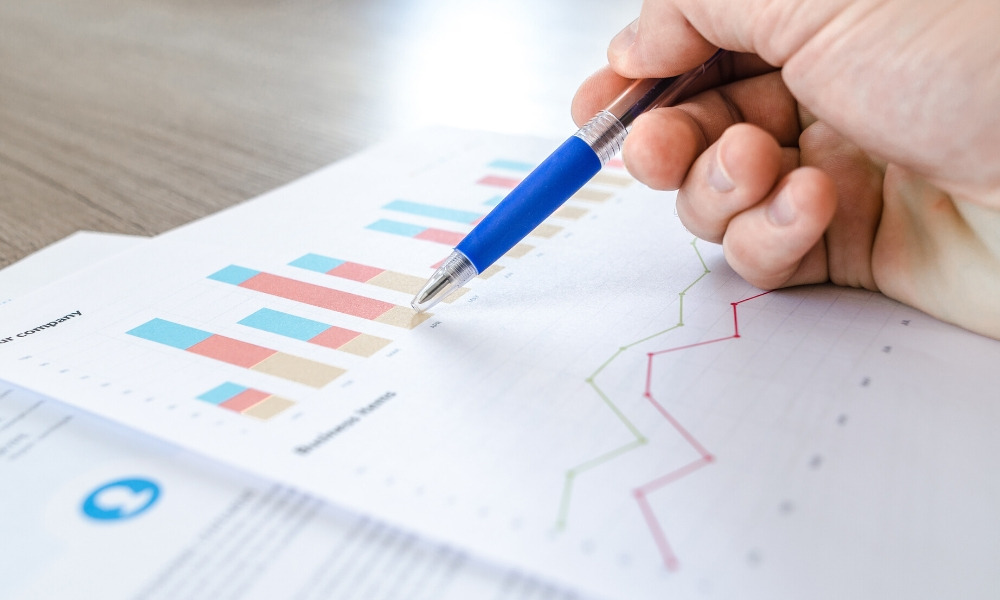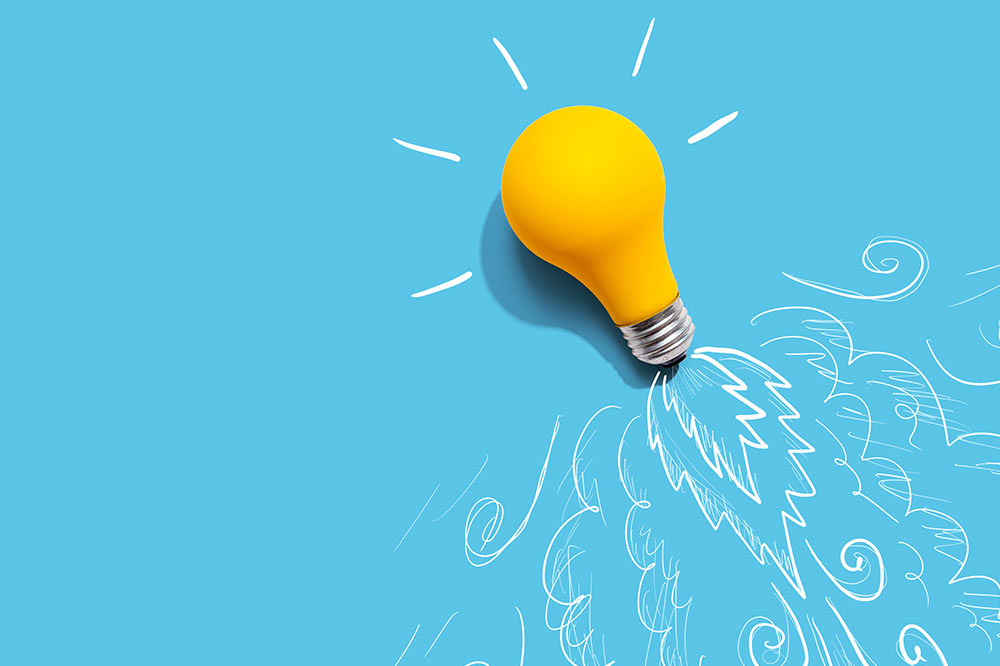Engagement and lead generation have become critical for businesses and the traditional approach to webinars as standalone events is rapidly becoming outdated. Enter the digital events flywheel—a revolutionary approach that transforms webinars from one-off occurrences into a dynamic, momentum-building strategy for generating more leads and enhancing return on investment (ROI). This blog delves into the intricacies of the digital events flywheel, its key stages, and how it can significantly boost the effectiveness of your webinar program.
Understanding the Digital Events Flywheel
At its core, the digital events flywheel is a strategy designed to maximise the impact of webinars by viewing them not as isolated events but as integral components of a continuous cycle that builds momentum over time. The idea is simple yet powerful: by continually adding webinars to the flywheel, you can significantly increase both the volume and quality of leads. This concept leverages the cumulative effect of content, engagement, and marketing efforts, turning the flywheel faster and making your webinar program more effective with each iteration.
Key Stages of the Digital Events Flywheel
Implementing the digital events flywheel involves several critical stages, each contributing to the flywheel's momentum and effectiveness:
1. Running Exciting, Versatile Digital Events
The foundation of the flywheel is the creation of digital events that are not only informative but also engaging and versatile. These events should focus on content directly and indirectly of interest to your target audience. A range of event delivery types really helps build interest and keep registration to attendee conversions high. For example, run some panel discussion webinars, some slides-based presentation webinars, and the occasional live stream (webcast) or hybrid event. Mixing formats and mixing presenters keeps the program fresh. The goal is to make each event an experience that attendees find valuable, engaging, and completely aligned with your brand, mission and values.
2. Recycling Content
One of the most powerful aspects of the digital events flywheel is the ability to recycle content, effectively turning a single event into multiple touchpoints with your audience. This strategy serves as an ROI and lead multiplier, allowing you to maximise the value of the content you produce and extend its lifecycle far beyond the original event.
3. Building Webinar Libraries
An always-on Webinar Library that hosts a Netflix-style, visually engaging library of recordings of past webinars, registration for future webinars, and other digital content can become a valuable resource for both existing and potential attendees. By promoting new and existing content, you can create and build on a subscriber base, ensuring that your digital events work for you 24/7. This library not only drives traffic and improves SEO but also attracts users who may register for upcoming events.
4. Offering Certification
Providing open or tested certification for event participation can create urgency, motivate attendance, and build reputational trust. At WorkCast, we've created Continued Professional Development templates specifically for this purpose. Certifications can serve as a tangible incentive for attendees to engage with your content, further driving the effectiveness of your webinar program.
5. Tracking and Demonstrating Success
Program-level reporting is crucial for tracking the success of your digital events and demonstrating their impact. By monitoring key metrics and analysing performance, you can make data-driven decisions to refine and improve your strategy, ensuring that your digital events flywheel continues to gain momentum.
6. Seamless Integration
For digital events to truly drive leads and integrate into the broader marketing strategy, they must be seamlessly integrated into your business and marketing tech stack. These integrations ensures that digital events are not siloed but are a coherent part of your overall marketing efforts, enhancing their impact and reach.
Scaling and Improving Your Digital Events
As you implement the digital events flywheel, it's essential to focus on scaling and improving your digital events. This involves not only leveraging the expertise of professionals, such as WorkCast's team of experts, but also continuously seeking ways to innovate and enhance your digital event offerings. Whether through Professional Services, Project Management, or Managed & Monitored options, getting the right support can be pivotal in maximising the effectiveness of your webinar program.
Leveraging Recordings and Simulive Events
An important aspect of the digital events flywheel is the strategic use of recordings. Each webinar, initially run live, is recorded and repurposed to run simulive versions, building more registrations and engagement. Additionally, on-demand recordings are published to a searchable Webinar Library, further building traffic, improving SEO, and attracting users who will register for upcoming events. This approach not only extends the life of your content but also continuously fuels the flywheel with new leads and engagement opportunities.
Round-Up
The digital events flywheel represents a significant shift in how businesses approach webinars and digital events. By moving away from viewing webinars as one-off occurrences and towards a continuous, momentum-building strategy, businesses can vastly improve the return on effort and investment in their webinar programs. Through the key stages outlined above, the flywheel approach enables businesses to generate more leads, enhance attendee experiences, and ultimately drive greater success in the digital landscape. With the right strategy, support, and commitment.
Share this
You May Also Like
These Related Stories

5 Ways to Generate More Leads From Your Webinars



